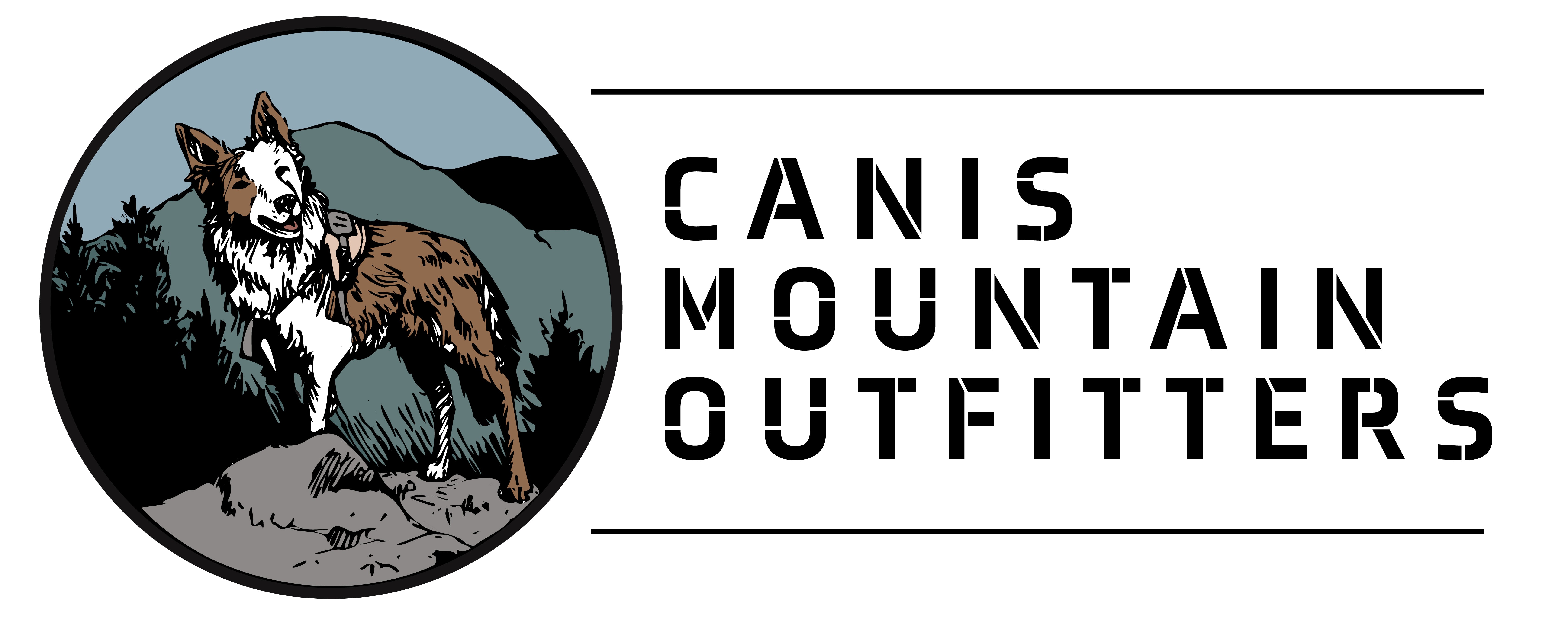Here at Canis Mountain Outfitters we have some simple guidelines that govern our training classes/sessions. Management (human has to have the skills and knowledge to manage the dog), Training (pup has to have the commands/skills to be managed) and avoid fear (harder to manage a dog that has fear/anxiety). With that foundation we now just have to reward good behaviors and not allow bad behaviors in order to be successful.
Are Slip Leads and Slip Collars dangerous?
Any Collar/Clip Lead combo should be in the same category as slips as they create pressure on the neck. If your pup's breed is prone to neck injuries then you should not use these products as the primary device to walk you pup. If your pup has pulling behaviors you should not use these products until you have established commands/skills and your pup can be managed in order to keep a loose leash. We generally start most dogs off with a harness and 'graduate' to a slip once good behaviors are conditioned. If no pulling behaviors exist, then a slip is safe to use in most cases. Slips are super convenient, especially for potty breaks, easy on and easy off. That said we should not base our gear on our needs rather we should base it on what is safe for the pup (Do what is in the best interest of the pup).
Aren't Slip Leads utilized by dog trainers as training tools?
Utilizing a Slip Lead as a 'training tool' is not suggested by Canis Mountain Outfitters. 'Training tools' generally utilize one or both of the noxious quadrants in Operant Conditioning. Operant Conditioning is one of five ways a dog learns. Positive Punishment, where something noxious is added to decrease a behavior, and/or Negative Reinforcement where something noxious is removed to increase a behavior.
Examples:
Positive Punishment - applying a 'leash check' or 'pop' on the leash, adding something noxious to decrease a behavior, pulling or position.
Negative Reinforcement - applying pressure and releasing that pressure when the pup is in the proper position. Here, pressure is removed to increase a walking position.
Note: Noxious is part of the definition of these methods, so if it is not noxious enough, it won't work. The pup has to 'want' to avoid the correction for these methods to work.
Note: These methods are exponentially more dangerous/risky for dogs that are already showing signs of anxiety/fear or have a lack of confidence.
Why don't you use these methods?
A dog's world is filled with associations, it's kind of how they 'view' the world. Associations are created by adding something positive or noxious to a stimuli. If you are utilizing noxious methods you run the risk of creating negative associations. Negative associations can lead to anxiety, which can lead to fear, which can lead to reactivity, which can result in aggression. Once a dog has fear/anxiety it is much harder to manage them, which is one of our core guidelines, 'avoid fear'.
What methods do you suggest?
Positive Reinforcement, add something 'good' to increase a behavior and Negative Punishment, take something 'good' away to decrease a behavior.
Examples:
Pup is in right walking position, mark and reward, add something good to increase the behavior - Positive Reinforcement.
Pup is pulling, stop, we take away 'progress' to decrease the pulling behavior - Negative Punishment.
When done consistently, these methods are 100% successful and limit your risk exposure to fear/anxiety.
